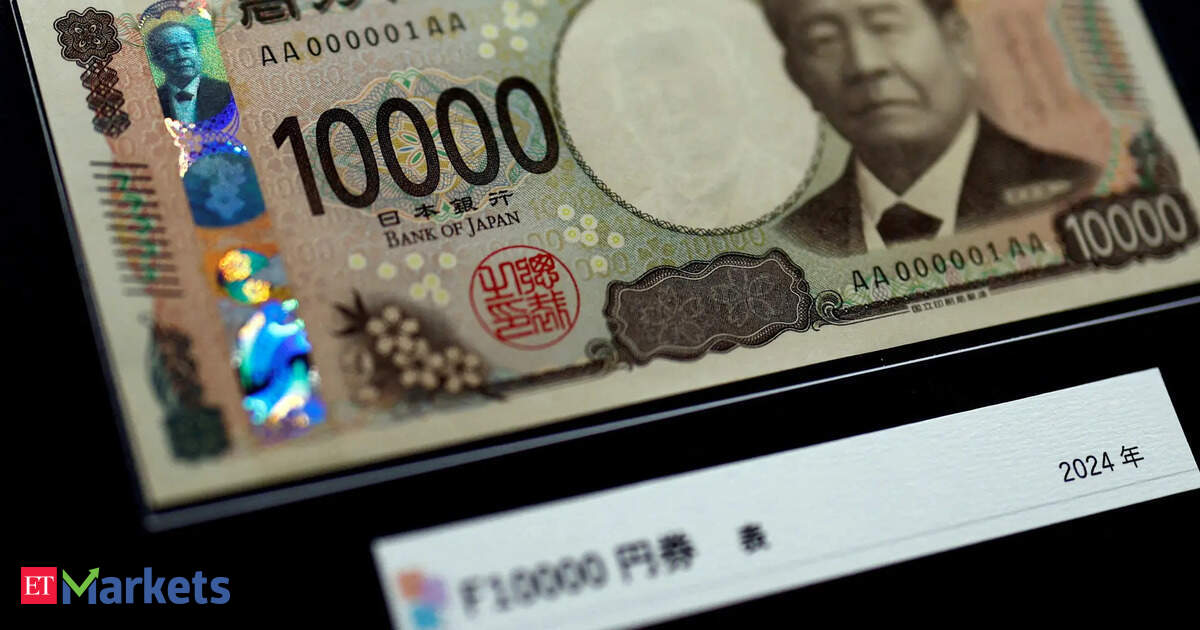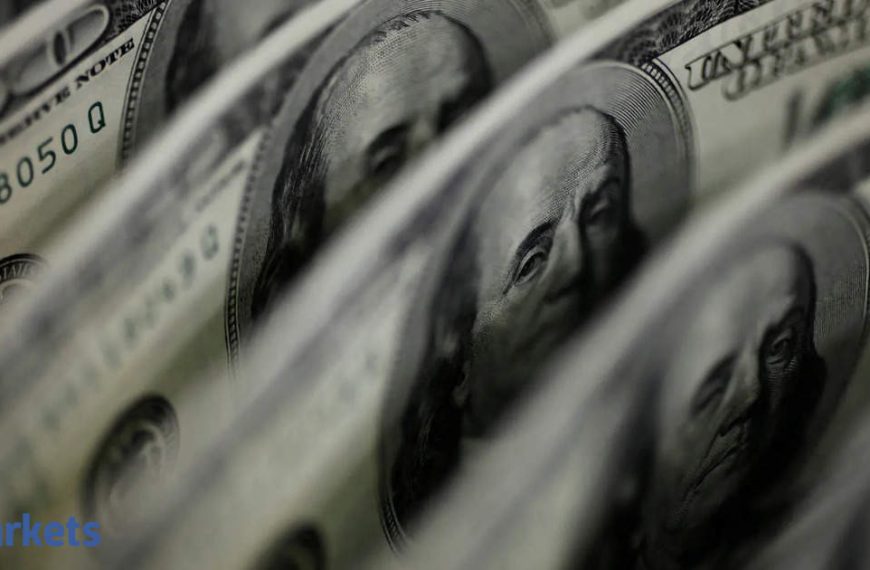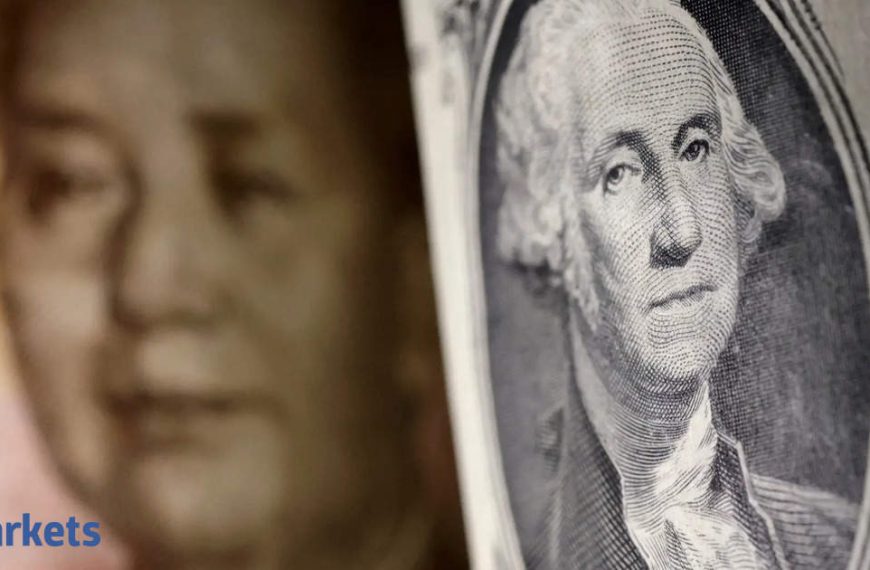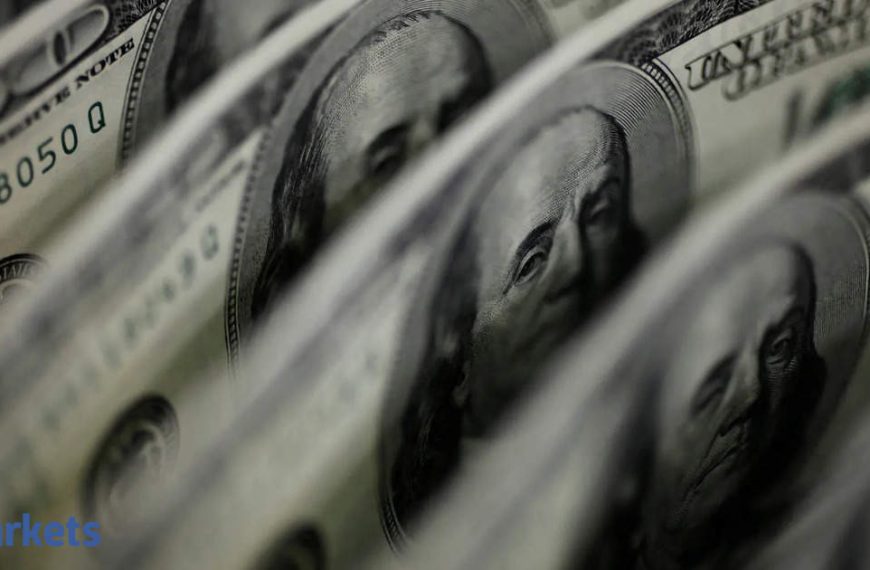Investors took a decisive turn on Monday, moving away from the U.S. dollar in favor of safer assets like the Japanese yen and the Swiss franc. This shift comes in the wake of President Donald Trump’s announcement of extensive tariffs that have sparked widespread market unease. As fear of a potential global recession looms, particularly in the United States, many currencies associated with growth are taking a hit.
Currency Market Reactions
The Australian and New Zealand dollars faced significant declines amid the turmoil, with the Aussie dropping 0.73% to $0.6001, marking a five-year low, while the kiwi fell 0.75% to $0.5554. This market rout erased nearly $6 trillion in value from U.S. stocks just last week. With over 50 nations reaching out to the White House for trade discussions, China’s response included imposing a 34% tariff on U.S. goods and restricting exports of certain rare earth materials.
Safe Havens Surge
Market volatility resulted in the U.S. dollar falling 1.3% against the yen to 144.95, nearing a six-month low, and the Swiss franc appreciated over 1% to 0.85095 per dollar. These currencies have emerged as favored options amid rising uncertainty. Furthermore, government bonds and gold have seen increased demand as investors seek safety in these assets.
- Key Currency Movements:
- Dollar down 1.3% against yen
- Swiss franc up 1%
- Aussie dollar down 0.73%
- Kiwi dollar down 0.75%
Analysts Weigh In
Brent Donnelly, president of Spectra Markets, noted that the decline in the USD/JPY pair reflects investor sentiment regarding potential U.S. recession risks and plummeting U.S. yields. While the dollar typically serves as a safe haven, its appeal is waning due to growing uncertainties around tariffs and their effects on U.S. economic growth.
The euro edged up 0.26% to $1.0994, while the British pound slipped 0.13% to $1.2889. The dollar index fell over 0.4% to 102.48, following a 1% drop last week.
Future Outlook
Rodrigo Catril, senior FX strategist at National Australia Bank, explained that the U.S. is at the center of the trade conflict, leading to capital outflows as investors seek to diversify their portfolios away from U.S. assets. Anticipation is building around potential Federal Reserve rate cuts, with futures indicating a possibility of 100 basis points in reductions by December. However, Fed Chair Jerome Powell has cautioned that it’s premature to determine the appropriate response to current economic challenges.
As the week progresses, traders will be closely monitoring the yuan’s midpoint fixing by China’s central bank for insights into whether Beijing might allow a weaker currency amid escalating trade tensions. The offshore yuan remained steady at 7.2861 per dollar as markets prepare for the reopening of trade in mainland China.
This evolving financial landscape underscores the delicate balance of global trade relations and their impact on currency markets, as investors navigate through uncertain waters.











